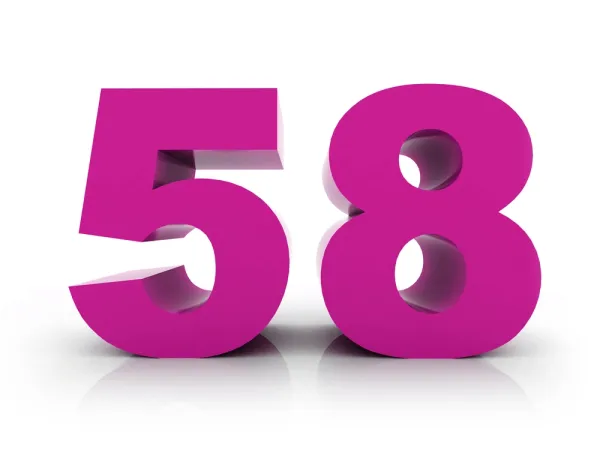Navigate New FNA, Skin Biopsy CCI Edits With Ease
Remember: Always check the modifier indicator. You’ve learned about the 2019 CPT® code additions, changes, and revisions in previous issues of Podiatry Coding & Billing Alert. Now that the Correct Coding Initiative (CCI) 25.0 edits are out, you’ll want to see how these edits will impact your practice’s reimbursement this year. As is typical of the first round of bundlings for a new year, many of the new CCI 25.0 edits focus on the updated CPT® codes. Fortunately, 2019 brought very few CPT® changes to podiatry, so the impact your practice sees should be very minor, according to Arnold Beresh, DPM, CPC, CSFAC, in West Bloomfield, Michigan. However, even if your specialty doesn’t expect a major impact from the CCI edits, it is still important to review the edits and apply them as soon as possible, Beresh says. Check out the new edits you will see. Focus on These FNA Edits You’ve got a bunch of edits to learn regarding new fine needle aspiration (FNA) codes +10004 (Fine needle aspiration biopsy, without imaging guidance; each additional lesion (List separately in addition to code for primary procedure)-10008 (…, including fluoroscopic guidance; each additional lesion (List separately in addition to code for primary procedure)). Codes bundled into +10004-10008: Codes bundled into new codes +10004-10008 with a modifier indicator of “0” are 36591 (Collection of blood specimen from a completely implantable venous access device), 36592 (Collection of blood specimen using established central or peripheral catheter, venous, not otherwise specified), and 96523 (Irrigation of implanted venous access device for drug delivery systems). Don’t miss: These edits cannot be broken under any circumstances because they have a modifier indicator of “0.” There are also multiple codes bundled into add-on codes +10004 and +10006 that carry a modifier indicator of “1.” Some of these codes, for example, are as follows: You will also see numerous new edits regarding new primary codes 10005, 10007, and 10008 that have a modifier indicator of “1.” For example, some of these codes are as follows: Modifier indicator of “1”: When the modifier indicator is “1,” this means that you may be able to report both codes of an edit pair under certain circumstances by using a modifier. For example, you can overcome the edit, if appropriate, with the use of a modifier like modifier 59 (Distinct procedural service), explains Mary I. Falbo, MBA, CPC, president and CEO of Millennium Healthcare Consulting Inc. in Lansdale, Pennsylvania. Caveat: Just because you can add a modifier, that doesn’t mean you should. Be sure you have the supporting documentation for requesting payment for both codes before adding a modifier to the bundled pair. “Modifier 59 and other CCI-associated modifiers should not be used to bypass a CCI edit unless the proper criteria for use of the modifier 59 are met,” Falbo adds. “Documentation in the medical record must satisfy the criteria required by any CCI-associated modifier that is used.” You can use modifier 59 when the surgeon performs the bundled procedures for different anatomic sites/regions, different organs, or in limited situations on different, non-contiguous lesions in different anatomic regions of the same organ, Falbo explains. Caution: You should never append modifier 59 to an evaluation and management (E/M) service. Concentrate on Skin Biopsy Edits Make sure you don’t miss the edits surrounding these new skin biopsy codes: For example, some of the many edits you’ll find for the new biopsy codes that have a modifier indicator of “0” are: And, don’t forget to check out the edits surrounding 11102-+11107 that have a modifier indicator of “1.” For example, a small sample of these edits includes the following: Putting it all together: The podiatrist performs an evaluation and management (E/M) service where he does a detailed history, a detailed exam, and uses medical decision making of moderate complexity for an established patient. The podiatrist spends 15 minutes with the patient. The podiatrist then uses a punch tool to perform a punch biopsy on a single lesion on the patient’s right foot. He also performs a simple closure. Solution: You would report 11104 for the punch biopsy service. Since the 11104/99213 (Office or other outpatient visit for the evaluation and management of an established patient, which requires at least 2 of these 3 key components: an expanded problem focused history; an expanded problem focused examination; medical decision making of low complexity…) procedure to procedure (PTP) edit carries a modifier indicator of “1,” you can use an appropriate modifier to break the edit, if the documentation in the medical record satisfies the criteria that the modifier requires.




